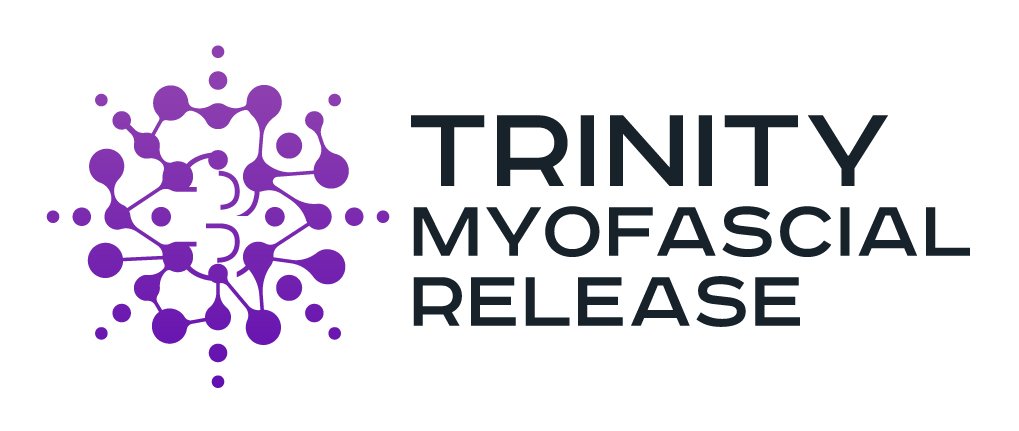What is Fascial Unwinding
Fascial Unwinding is one of the three pinacles of the John Barnes Method of Myofascial Release.
Have you ever seen a cat or dog get into an accident? What did they do directly afterwards, if they were able to move? They uncontrollably shake. It goes through their entire system. This is their innate vasomotor system taking over and releasing that trauma. What do humans do when we are in shock and can’t control ourselves? We shake. Someone scares you from behind the wall? You scream and then shake all over. Fever? Shake. You get the picture. Shaking is our bodies method of releasing.
Sometimes when we encounter trauma we don’t get the chance to “shake it off.” Our sympathetic systems keep us quiet and still. This can be for survival purposes, we’re knocked out cold, tied to a gurney or just surrounded by people and we don’t want to embarrass ourselves. And honestly, we would start putting each other away if we all went around shaking and moving about. But at some point, we need that shake to get rid of the built up tension and trauma in our bodies. The fascial system holds onto this trauma and will begin to harden in the areas it experienced damage.
Trauma and damage can look like many different things. It doesn’t have to be a car accident or falling from a great height. It can be repetitive motions from playing sports, sitting a specific way for long periods of time, physical trauma and emotional trauma. Our bodies require a way to let it go. Fascial unwinding is a coined term that does just this.
Fascial unwinding occurs when a physically induced suggestion by a therapist prompts ideomotor action that the client experiences as involuntary. This action is guided by the central nervous system, which produces continuous action until a state of ease is reached. Consequently, fascial unwinding can be thought of as a neurobiologic process employing the self-regulation dynamic system theory.
People unwinding have been known to recreate a trauma to release the tension in the body. For instance, a person that had a water diving accident will recreate those motions while unwinding. A tennis player will recreate their serve swing while unwinding. Survivors of whiplash accidents will recreate those movements while unwinding. It can tend to look like they are in reverse while performing actions that their body took them in during the event. Unwinding can be a powerful release of both physical pain and emotions that are bound up and held in the body.
I highly recommend Unwinding if you are at a plateau in physical or emotional healing. Sometimes you need to let the body flow with unbiased thought or care for what you look like while doing it. Your body is a magnificent machine and it knows how to heal itself, if you get out of it’s way and let it do it.


